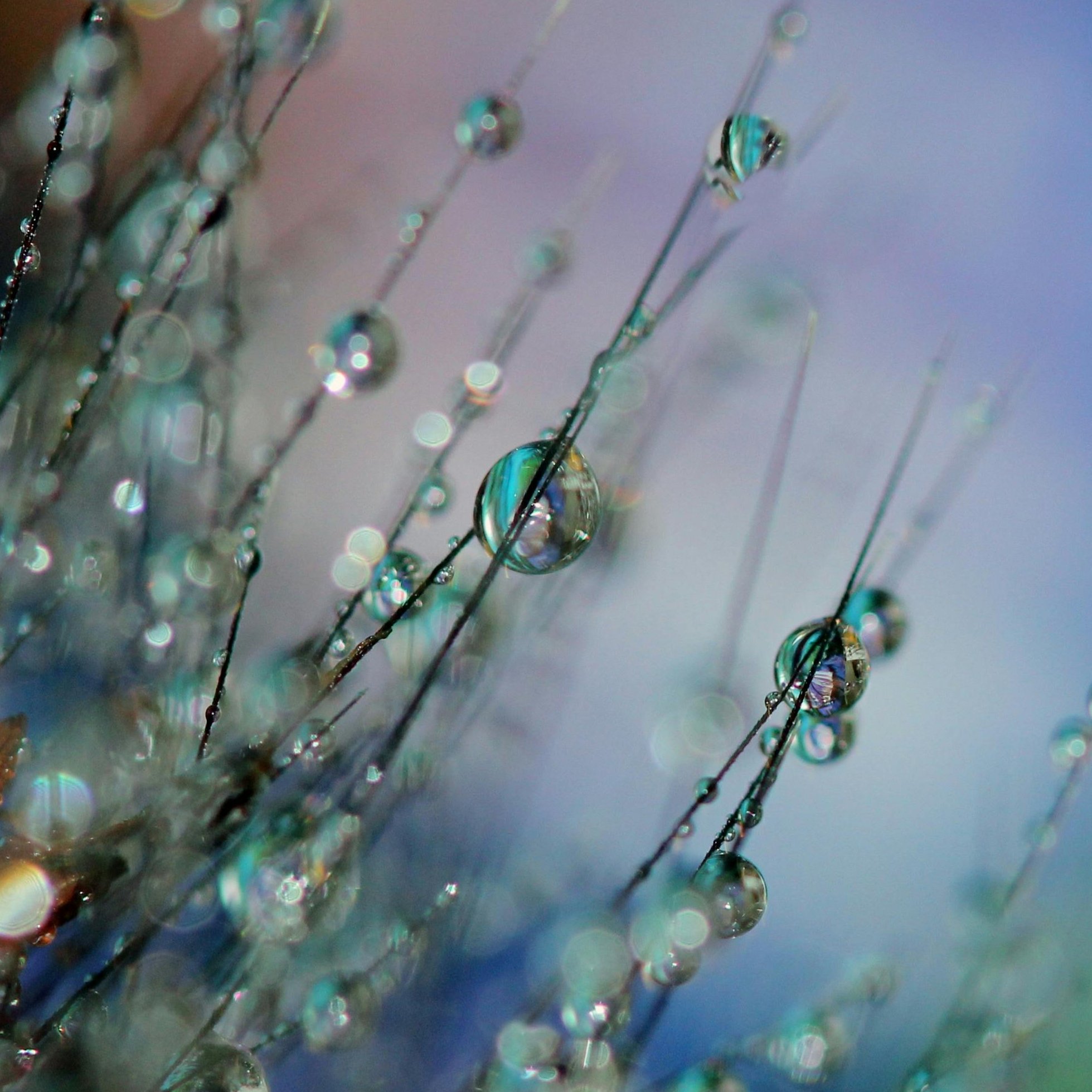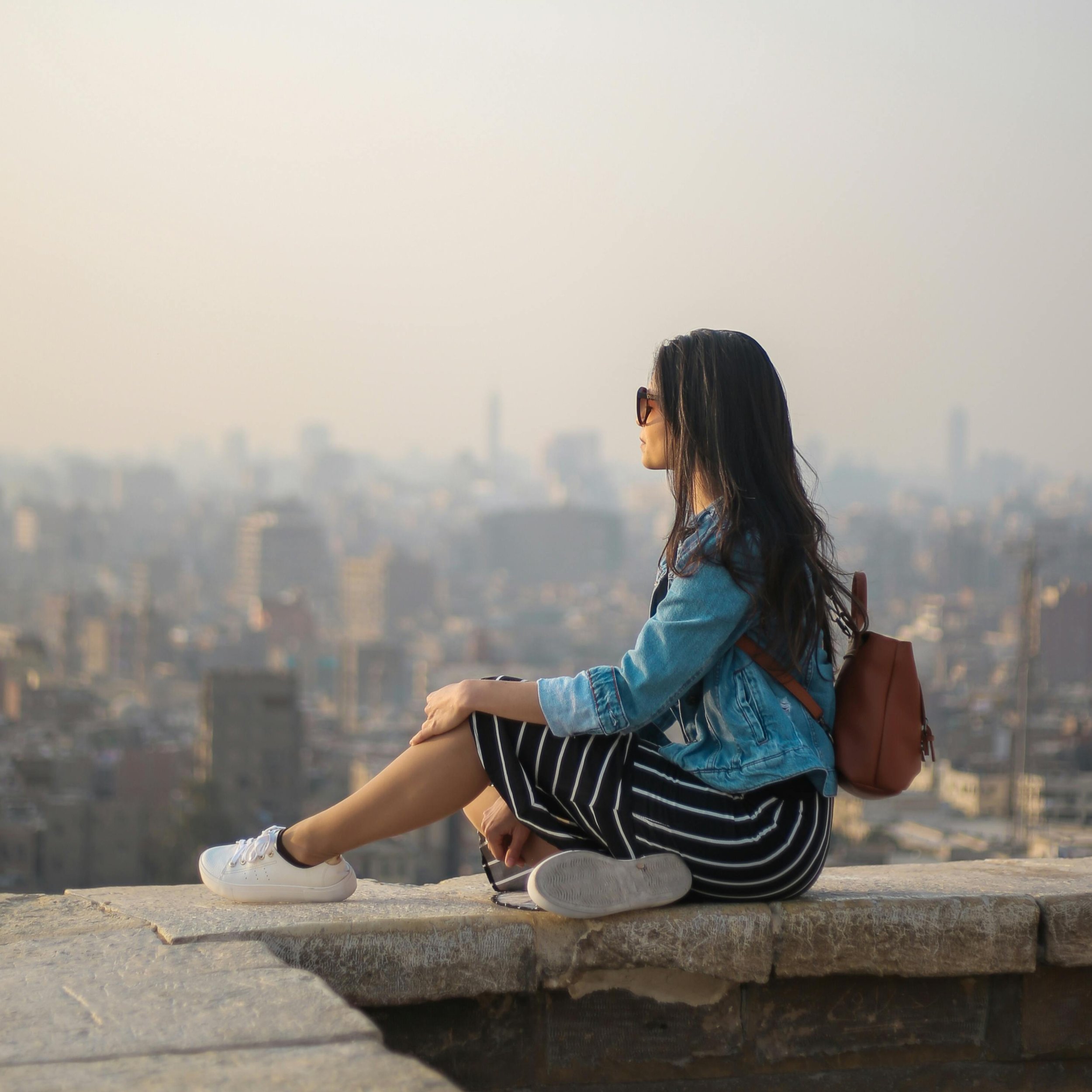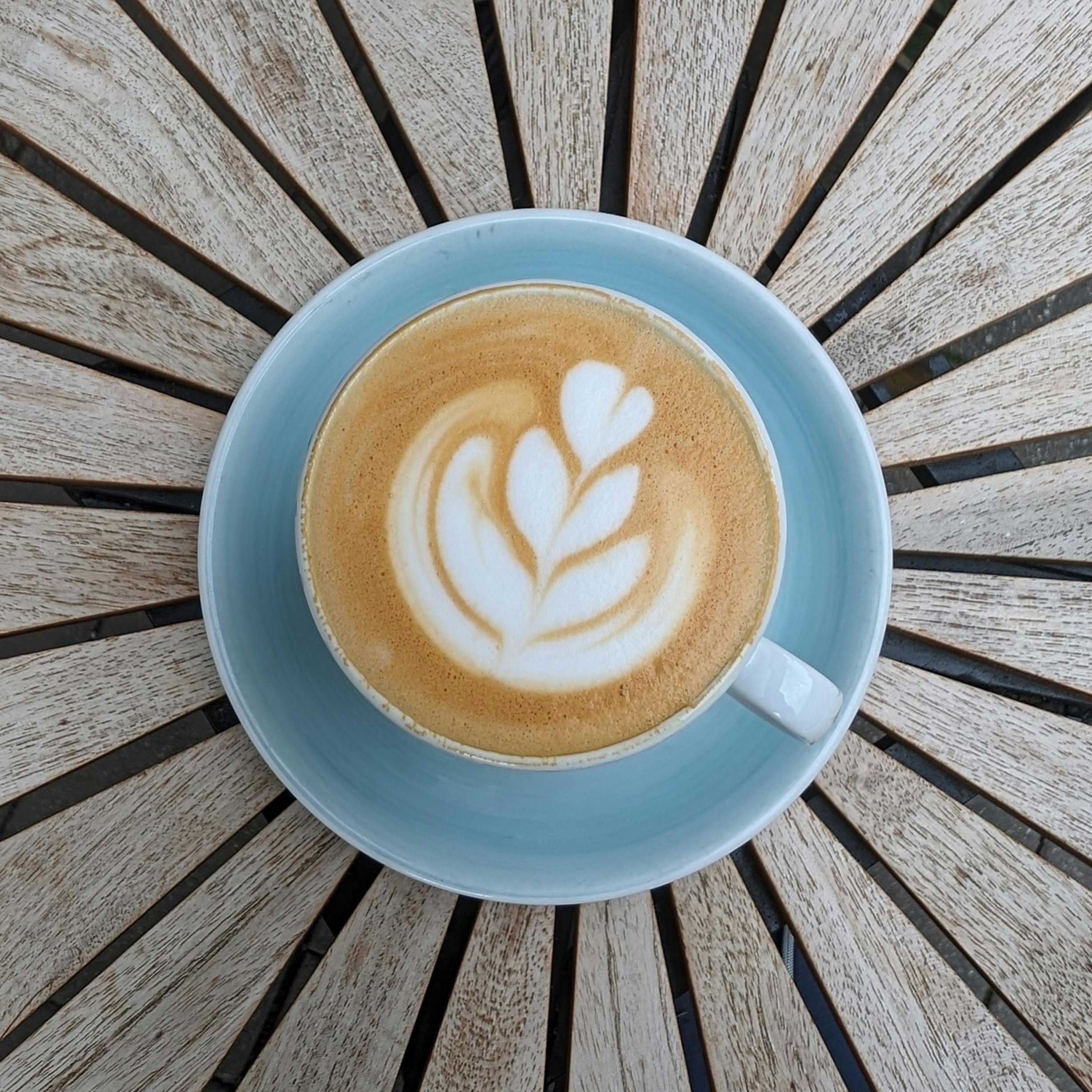From Capture To Edit: Tools Every Photographer Needs
Photography is an art that requires precision, creativity, and the right equipment. Each photograph captures tiny details that often go unnoticed at the moment.
However, to capture these details, you need the right equipment. It doesn’t matter if you plan to photograph stunning landscapes, intimate portraits, or fast-paced action shots; having the proper tools can make a significant difference in your work.
Keep reading as we dive into the essential gear every photographer should consider, from capturing the perfect shot to editing it to perfection.
Essential Camera Gear For Every Photographer
Whilst this might seem obvious, choosing the right camera can make a noticeable difference in your photographs. It is essential to select a camera that matches your style and needs. For example, if you use your camera professionally, full-frame cameras offer high-quality images and perform well in low light, making them the ideal choice. If photography is more of a hobby or you want to dabble in this creative pursuit, crop-sensor cameras are often more affordable and still deliver excellent results.
Whatever your skill level – as you look at the cameras available, take time to see if the camera feels comfortable in your hands, but also fits within your budget. Investing in a good camera will pay off in the long run as you can capture high-quality images that stand out, especially in your portfolio of work.
Choosing The Right Lenses For Your Photography
Now you have the camera of your choosing, think about the lens. Lenses are just as important as the camera body as they determine how light is captured and can significantly influence the final image. Prime lenses, like a 50mm lens, are known for their sharpness and ability to perform well in low-light conditions, making them great for portrait photography. Wide-angle lenses are perfect for capturing expansive landscapes or architectural shots, providing a broader field of view.
Telephoto lenses bring distant subjects closer, which is excellent for wildlife or sports photography. Macro lenses allow for extreme close-ups, revealing intricate details. Selecting the right lens involves considering what type of photography you enjoy and the specific needs of your shoots. Having a variety of lenses can give you more creative freedom and versatility in your work.
Tripods and stabilizers To Keep Your Shots Steady
A steady shot is essential for sharp, clear images, especially in low-light conditions or when using slow shutter speeds. Tripods provide stability and are indispensable for long exposures, landscape photography, and night shots. Look for a lightweight tripod that is portable but sturdy enough to support your camera and lens.
Stabilisers, such as gimbals, are crucial for videographers. They ensure smooth and stable footage even when moving. They help eliminate the shake that can occur when filming handheld, resulting in professional-looking videos. When choosing a tripod or stabiliser, consider the weight of your camera setup and the environments you will be shooting. Investing in good-quality support equipment will enhance the overall quality of your images and videos.
Memory Cards And Storage Solutions
Memory cards are crucial for storing your photos during a shoot. High-capacity, fast memory cards ensure you can capture high-resolution images and record videos without running out of space or experiencing delays. Look for cards with high read and write speeds to support burst shooting and 4K video recording.
In addition to memory cards, having reliable storage solutions is vital. External hard drives and cloud storage options help you efficiently back up and organise your photos. Consider using a combination of on-site and off-site storage to safeguard your work against data loss. Regularly transferring your images from memory cards to your storage devices keeps your workflow smooth and protects your photos. Implementing a solid storage strategy is essential for managing your growing photo library.
Organizing And Converting Your Work
Efficient organisation of your photos is key to maintaining a smooth workflow. Photo management software helps you catalogue and sort your images, making finding and accessing your work easier. Implement a consistent file-naming system and use keywords and tags to organise your photos by subject, location, or date. Converting RAW files to other formats is another important step in your workflow. RAW files contain more data and provide greater flexibility in editing, but converting them to formats like JPEG or TIFF is necessary for sharing and printing.
Additionally, Smallpdf’s PDF to Word converter, for example, can be useful for managing documentation or notes related to your photo shoots, ensuring all your files are easily editable and accessible. Use reliable software for batch conversion to streamline this process. Effective organisation and conversion practices ensure your photo library is well-maintained and your workflow remains efficient.
Portable Power: Staying Charged On The Go
Running out of power during a shoot can be a major setback. Portable power solutions ensure your gear stays charged, allowing you to shoot without interruptions. Carry extra batteries for your camera and other devices, such as flashes or stabilisers. Power banks are essential for charging your equipment on the go, providing a convenient and reliable power source.
Solar chargers are a great option for outdoor photographers. They offer an eco-friendly way to keep your devices powered in remote locations. Keeping your gear charged and ready ensures you’re always prepared to capture the perfect shot, regardless of where your photography takes you.
Accessories For Comfortable And Efficient Shoots
Small accessories can greatly enhance your shooting experience, making your sessions more comfortable and efficient. Comfortable camera straps reduce strain during long shoots, allowing you to focus on capturing great images. Lens cleaning kits keep your lenses spotless, ensuring clear and sharp photos.
Protective gear like rain covers shields your equipment from the elements, extending its lifespan. Remote shutters and intervalometers help you easily capture long exposures and time-lapses, providing more creative options. Investing in quality accessories improves your comfort and efficiency, enabling you to concentrate on your craft and achieve the best possible results.
Take the time to evaluate your current toolkit and consider upgrades that can help you achieve your photography goals.
Get Free Presets for Lightroom created by top photographers to update your presets collection, save down on editing time, and open up new artistic horizons.


















